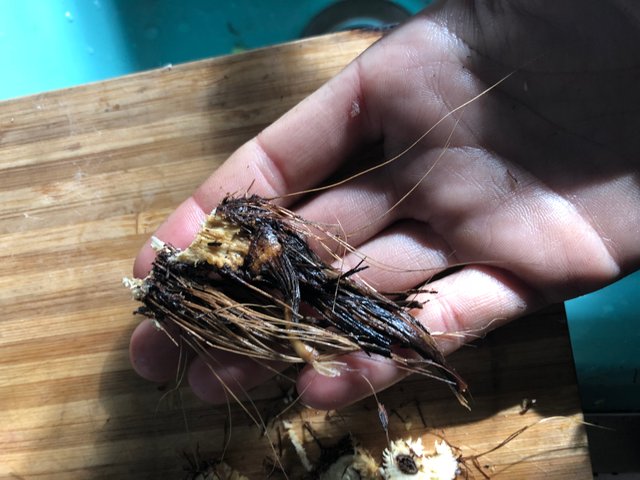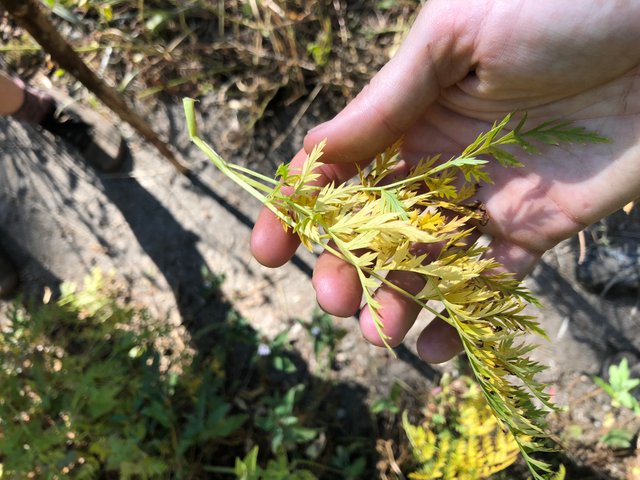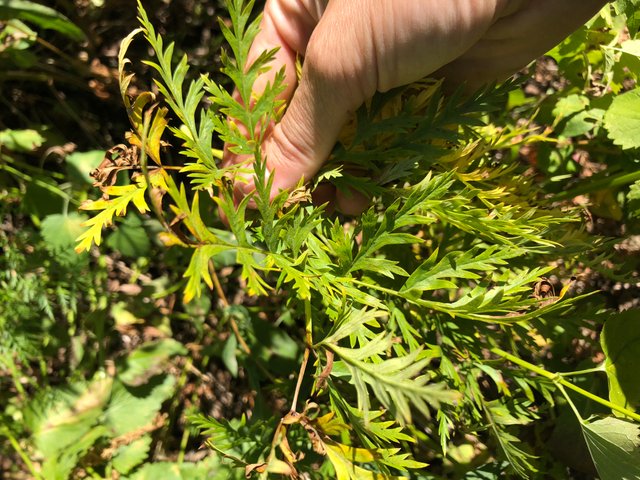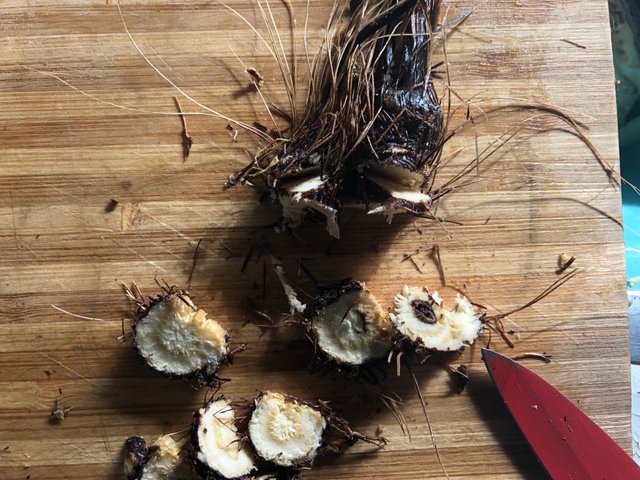Western Osha harvest! Thoughts on careful wildcrafting.
These past few weeks I have spent most of my time outside. And off grid, and off the internet, save for an hour at a cafe, or at the library in the middle of rural Idaho once a week. Sometimes I revel at where I find myself. I have so many posts I want to do and limited time on the internet, but I thought I'd share a few photos and thoughts on my recent wild Osha harvest in the Wallowa mountains of eastern Oregon.
This is a photo of Osha (Ligustucum porteri) root cleaned up during chopping.
I went backpacking a couple days with a friend, and we found a giant patch of Osha along the rugged horse path we were on, and felt like it was okay to dig some for personal use, making sure to leave some root in the ground, and to drop tons of seeds in the holes we created.
Osha leaf, drastically divided, a common characteristic of plants in the Carrot or Apiaceae family, yellowed from starting to die back.
It was a good time to harvest because of the plants starting to go to seed. Partly because the medicine of plants you are harvesting for their roots is strongest in the fall and spring with the energy of the plant is downwards for self-preservation. In the Spring, this is because of coming out of winter storage time. In the fall, this is because of the plant starting to return its energy to storage underground after sending energy to go to seed and reproduce.
I know some of these aren't the best photos, but I only took an iphone on our backcountry hike because of weight. The leaves look similar to other carrot family members, like carrot itself, or poison hemlock, angelica. There are many specific ways to tell these plants apart, especially since Poison Hemlock is deadly poisonous. I won't go into all of those points right now, but I would say that a big indicator that a plant is indeed Osha, is the presence of fiberous root hairs at the base of its stalk or group of stalks. Underground, the roots often form a giant ball with parts of the root dead and other parts fresh and young.
Chopping Osha root in my camper to tincture it for medicine.
Osha is considered 'at risk' by the United Plant Savers, and organization that advocates for medicinal plants that are potentially sensitive to our current capitalist state of affairs. I actually interned with this organization back in 2011. This plant is at-risk partly because it over-harvested by commercial wild-crafters due to it's high demand on the marketplace. Despite this, the plant can be harvested in a sustainable manner by leaving some of the rootball and disturbing the soil around the plants for the seeds to go. Even if you don't harvest any, going around to stands and gathering seed and properly replanting them ensures the stands grow. It is my belief that a little human attention is good for increasing the populations of many plants that depend on some kind of disturbance to expand. Often this is from non-human influences, like flood, fire, other animals' fur or digging, wind, and more. But our intentional disturbance can be a good thing, not a bad one. On the other hand, capitalism and a growing human population and interest in natural medicines can decimate powerful plants like Osha.
With this said, I never plan on selling any medicine of this plant. It is only for personal use or for friends and family.
(For some reason all of my good shots of the mountains keep turning sideways when uploading. I'll work on this and do some other posts on the trip and other things I have been up to soon. )
I tinctured the Osha in potato vodka and will shake it occasionally, straining it in a couple months or whenever I get to it. This is pretty special medicine and I'm glad to have it in my medicine cabinet. When I lived in Appalachia, I used an eastern species of Osha (Ligusticum canadense), and had not spent much time with western Osha until now.
I use Osha for colds and flus when they especially affect the lungs. This plant is warming and opening and I have even seen it stop asthma attacks. I often feel like I can breathe better and clearer when chewing on a little root or taking tincture or drinking tea. When I have been exposed to air with a lot of particulates, which seems to be a big thing in the U.S. west during the summer drought times, I chew a little root. I suspect it is good for intense external infections, gut dysbiosis from drinking bad water, and even bee stings.
What do you know about Osha and how do you use it?









Nice! Osha is one of my favorite plant medicines. When I lived in Taos, a friend who is a local harvested some for me out of a patch he tends and I tinctures it. It was a gallon and I’m nearing on the last 5 or so ounces of that batch! I plan on hiking in a canyon this week where I know osha lives but I was feeling conflicted about harvesting bc of its status. I’ll keep your disturbance and seed spreading tips in mind. Such a powerful medicine.
a gallon is probably more like what I need for a good chunk of time. I think right now is a good time to harvest for reasons like I mentioned with the seeds being easy to disperse in the disturbed soil. the root ball can also be massive! taking a chunk of it off will still allow the other part of the plant to live it seems, since runners go everywhere deep. such an interesting plant to work with.